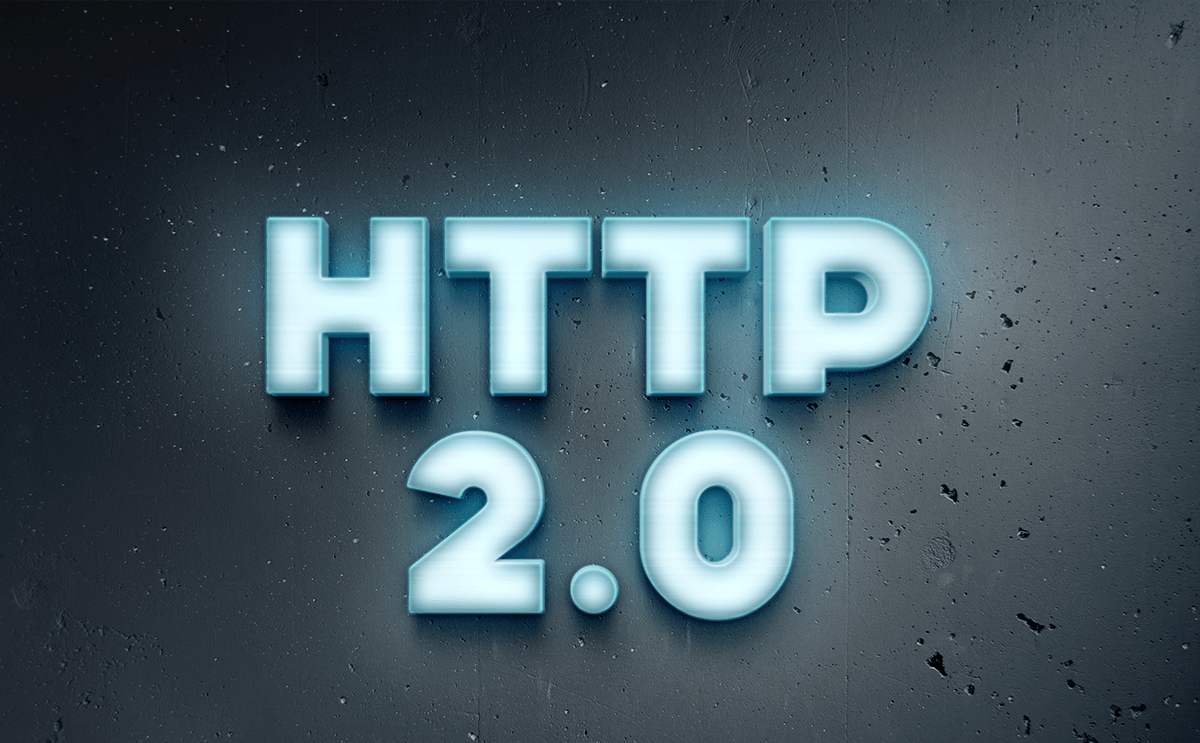
The Internet Engineering Steering Group (IESG) has finally announced one of the most significant changes to the Hypertext Transfer Protocol (HTTP) in the past 16 years. The new version, dubbed 'HTTP/2', is on its way to becoming fully standardized.
Mark Nottingham, the chair of the IETF HTTP Working Group, wrote in a blog post that the standard has been completed, approved, and is now heading to the RFC Editor for final editorial processes before being published as an official standard.
HTTP/2 is based on SPDY, a protocol introduced by Google and adopted by other browsers. The fact that HTTP/2 originated from a Google protocol has caused some concern among the web community. However, HTTP/2 was developed by the IETF's HTTP Working Group, which consists of several HTTP implementers, users, network operators, and experts, ensuring a collaborative and inclusive approach to the protocol's development.
Key features and benefits of HTTP/2 include:
- Faster page loads and data transmission between servers
- Server push capabilities, allowing servers to send resources to clients before they are requested
- Longer-lived connections, reducing the need for multiple connections between clients and servers
- Multiplexing, enabling multiple requests and responses to be sent over a single connection simultaneously
- Header compression, reducing the amount of data transmitted and improving network efficiency
While HTTP/2 brings numerous performance improvements, it is important to note that it does not require the use of TLS (Transport Layer Security), the standard form of SSL (Secure Sockets Layer) encryption. However, the higher performance of HTTP/2 makes using encryption easier, as it reduces the impact on website speed.
Last year Nottingham noted in the blog post:
HTTP/2 doesn't require you to use TLS (the standard form of SSL, the Web's encryption layer), but its higher performance makes using encryption easier since it reduces the impact on how fast your site seems.
To take full advantage of HTTP/2, website owners and developers should consider the following:
- Upgrade server software to support HTTP/2
- Implement TLS encryption to ensure secure connections and benefit from HTTP/2's performance improvements
- Review and optimize existing website assets, such as images and scripts, to leverage HTTP/2's multiplexing and server push capabilities
- Monitor website performance and user experience to identify areas for further optimization
Google has announced plans to fully switch to HTTP/2 in its Chrome browser, signalling a strong commitment to the new protocol. As more browsers and servers adopt HTTP/2, users can expect faster, more efficient, and more secure web experiences.
The transition to HTTP/2 represents a significant milestone in the evolution of the web, and its widespread adoption will contribute to a better online experience for users worldwide.